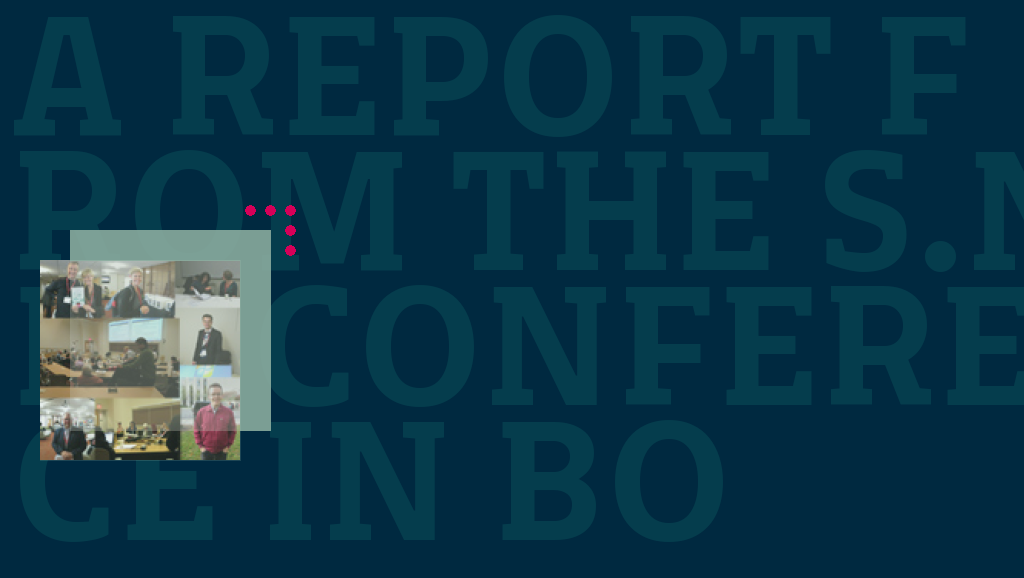The 5th S.NET annual meeting took place in Boston between 27th and 29th October, and I was present on behalf of the Bassetti Foundation.
S.NET is the Society for the Study of Nanoscience and emerging technologies, and this year’s conference was hosted by Northeastern University in Boston. The conference theme was ‘Innovation, Responsibility and Sustainable Development’, and readers will be familiar with many of the people on the various panels and plenary sessions.
The program is available through the website link above, and photos of the event are here.
Sunday saw the opening Plenary Speaker Andrew Maynard of the University of Michigan present a paper entitled Technology Innovation and the new Social Responsibility.
Maynard argued that whereas innovations had been linked in the past, the industrial revolution had decoupled these links leading to a need for external regulation. In the pre-revolution model he argued that new innovation typically came about to address problems caused by older developments, so the negative effect trend remained under control. The current system of innovation purely for financial gain has however lead to this decoupling, leaving negative effects free to continue unchecked.
The current model was born to address this issue through regulation and governance. He asked the question of how far into the future this model could take us, given the speed of innovation and the time constraints that legislative bodies work under, before proposing his idea of societal insurance. This proposition is based upon an idea that investment today could lead to the avoidance (or at least minimize the effect) of possible problems in the future.
The model involves embedded principles and checks and balances, proactive investment, shared responsibility, reviewing investment modes and research strategies, integrated solutions, knowledge curation and translation, the creation of networks and forms of engagement.
He argued that implementation would not be simple as it would require major developments within at least 4 components: innovative public private partnerships, connecting social entrepreneurs with tech innovators, new approaches to public sector discourse and a new framework for IP protection and use.
The conference hosted many panels that directly addressed issues of responsibility in innovation, with many questions raised about its study and implementation.
Debates included issues surrounding genetics and personalized medicine, risk and risk perception, governance and regulation, sustainability and theories of responsible innovation.
The question of how Responsible Innovation could be defined ran through many of the panel discussions. The internationalization of such a concept and working practices surrounding both its study and implementation were also common issues. The role of politics and regulatory bodies, degrees and advantages and difficulties associated with public participation, and even defining who the players are that should be addressed in the debate were all under scrutiny. The problems surrounding social science involvement in the research lab situation, as well as upstream and downstream involvement in decision-making processes were also hot themes.
I personally feel that this was an extremely valuable conference. A lot of debate revolved around the future of the study of Responsible Innovation, including the large question of whether it would move in a more normative direction (many referenced Von Schomberg’s work) or more participatory (such as Jack Stilgoe, Phil Macnaghten and Richard Owen’s approach as described here).

















